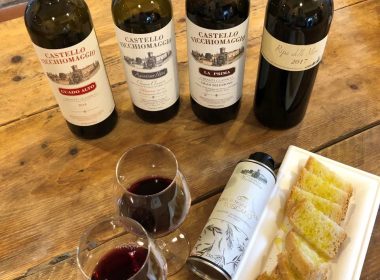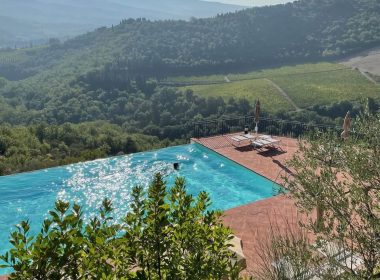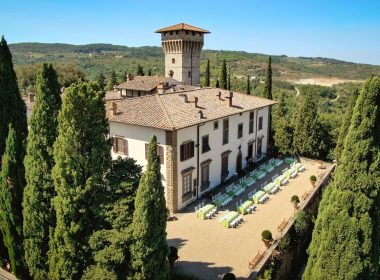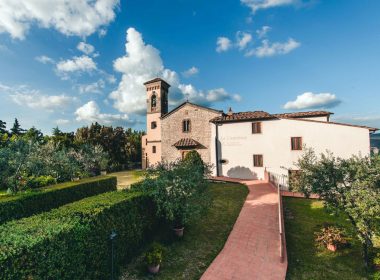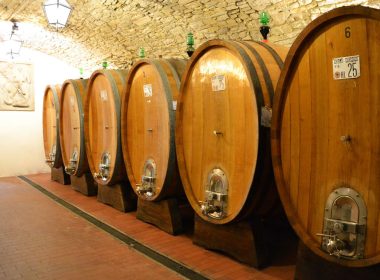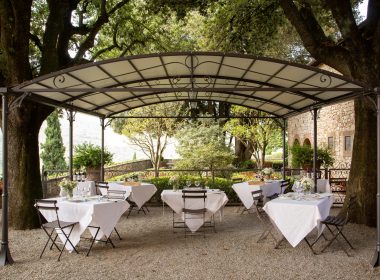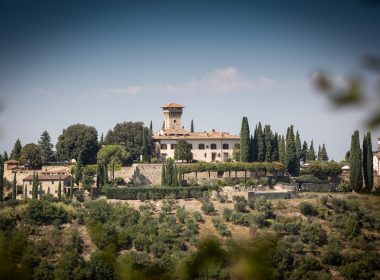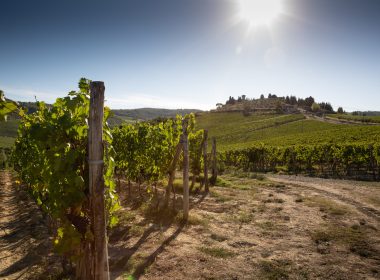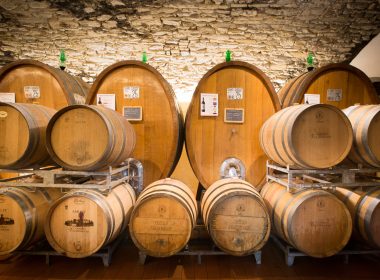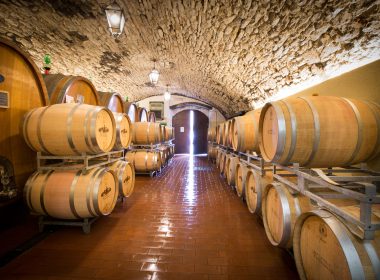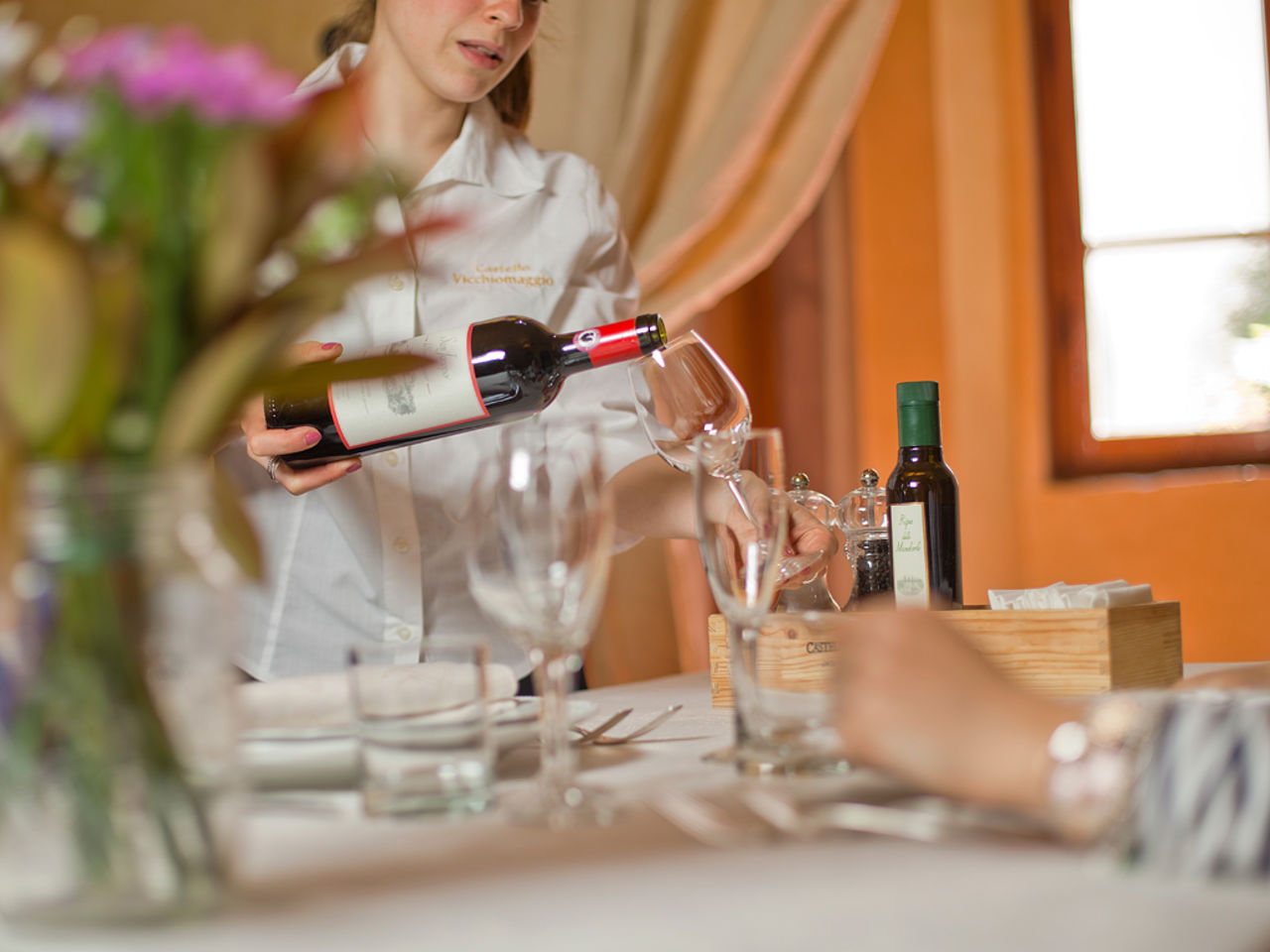Castello Vicchiomaggio is a winery, wine has always been produced at the castle, and its owners John and Paola Matta are dedicated to keeping this tradition, which began centuries ago, intact.
The estate covers 140 hectares, of which: 34 planted with vineyards, 10 with olive trees, and the remainder is parkland.
Prominent among the varieties grown is Sangiovese, a traditional grape and fundamental to the production of Chianti Classico. However, other international grape varieties such as Merlot and Cabernet Sauvignon are present. The latter in particular are used for the production of IGT red wines.
The terroir of the area is characterized by a Mediterranean climate and typical soil rich in clay and large stones, the so-called Galestro.
Special attention is paid to the exposure of the vineyards; in fact, they all face south to ensure maximum sun exposure throughout the day.
As for the training system, two different ones were chosen: spurred cordon and guyot. Their application depends on the type of variety chosen and the production yield of each grape variety. This manages the quantity of grapes produced and, consequently, the quality of the finished product. In addition, these training systems make it possible to avoid excessive removal of the shoots from the main trunk and thus have a greater concentration of substances necessary for the proper ripening of the grapes. Grapes are harvested manually and last from mid-September to mid-October.
At harvest, the bunches of grapes are sorted by hand and then pressed in special machines. The resulting product is transferred to temperature-controlled stainless steel tanks.
At this point alcoholic fermentation begins due to the presence of yeasts. This fermentation has a duration of 12 to 15 days. Afterwards, racking or the separation of the liquid part from the skins that had so far contributed to alcoholic fermentation takes place. The peels are not, however, to be wasted but rather reused in a distillation process to produce grappa.
The wine, stripped of its skins, remains in steel tanks for another 20 to 30 days, where the second fermentation, the so-called: “malolactic fermentation,” takes place.
In January, the wine is transferred to the maturation cellar, where it will rest in French oak barrels and barriques. Maturation time in wood varies from a minimum of 8 months to a maximum of 24, depending on the type of wine.
After aging is completed, the wine is bottled and then rests further in the bottle before release.


